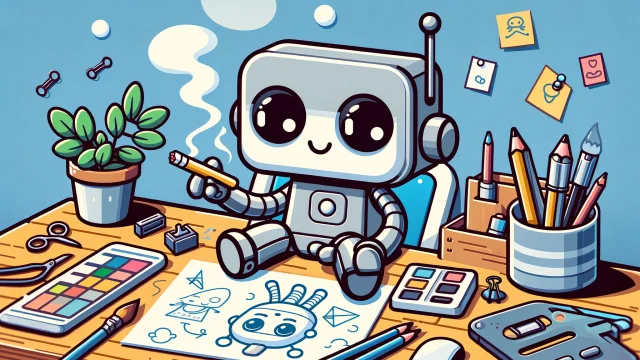Akira Toriyama and His Mastery of Concept Art: The Creative Foundations of Iconic Worlds
Akira Toriyama, the legendary creator of Dragon Ball and Dr. Slump, is renowned for his storytelling and character design. However, his contributions to concept art—both for his manga and external projects—highlight another dimension of his artistic genius. Toriyama’s concept art serves as the foundation for the imaginative worlds, characters, and objects that define his iconic works. This article explores his impact on concept art, from his manga to video game projects and beyond.
The Role of Concept Art in Akira Toriyama’s Work
Concept art plays a crucial role in Toriyama’s creative process. Before a single panel of manga is drawn, Toriyama begins by designing characters, vehicles, environments, and even the tools and weapons that populate his worlds. His ability to balance function with aesthetics ensures that each design feels authentic and immersive.
Key Elements of Toriyama’s Concept Art:
- Simplicity with Detail: His designs are clean and approachable, yet detailed enough to feel unique and memorable.
- Practical Imagination: Whether it’s futuristic capsules or martial arts uniforms, Toriyama’s designs are imaginative but grounded in functionality.
- Playfulness: Toriyama’s whimsical style infuses even serious elements with charm, making his worlds universally appealing.
Concept Art in Dragon Ball
Characters
Toriyama’s character designs are some of the most recognizable in pop culture. From Goku’s simple yet iconic gi to Frieza’s alien elegance, his concept art captures each character’s essence at a glance.
Environments
The landscapes of Dragon Ball, from the serene Kame House to the rocky battlefields of Namek, reflect Toriyama’s diverse artistic influences. His concept art often begins with simple sketches, which evolve into detailed environments that enhance storytelling.
Vehicles and Technology
The Capsule Corporation vehicles are standout examples of Toriyama’s skill in concept art. These futuristic yet practical designs bring a sense of wonder and realism to the Dragon Ball universe.
Concept Art Beyond Manga: Video Games and Collaborations
Dragon Quest
Toriyama’s work as a character designer for the Dragon Quest series highlights his versatility. From the iconic Slime monster to the game’s heroic protagonists, his designs have become synonymous with the franchise.
Chrono Trigger
In the critically acclaimed RPG Chrono Trigger, Toriyama’s concept art shaped a world that blended medieval and futuristic elements. His designs for characters like Crono and Frog added depth and personality to the game’s narrative.
Original Projects
Toriyama has also created concept art for lesser-known works like Sand Land and Blue Dragon, showcasing his ability to craft entirely new worlds and characters outside the Dragon Ball universe.
The Process Behind Toriyama’s Concept Art
Toriyama approaches concept art with a focus on clarity and functionality. He begins with rough sketches, refining them into polished designs. His ability to visualize how characters and objects interact within a story allows his concept art to act as a blueprint for his creations.
Tools of the Trade
- Traditional Media: Toriyama often uses pen and ink for his initial sketches, giving his work a clean and precise look.
- Color Illustration: His use of vibrant colors adds life to his designs, making them visually striking and engaging.
The Legacy of Akira Toriyama’s Concept Art
Toriyama’s concept art has had a profound influence on manga, anime, and video game design. His ability to create worlds that are both fantastical and relatable has inspired countless artists and creators.
Influence on Modern Artists
Many contemporary artists cite Toriyama as a major influence, particularly in the fields of character and environmental design. His work serves as a benchmark for aspiring concept artists, demonstrating the importance of blending creativity with functionality.
Conclusion: Akira Toriyama’s Enduring Impact on Concept Art
Akira Toriyama’s mastery of concept art is a testament to his boundless creativity and attention to detail. From the expansive worlds of Dragon Ball to his contributions to video games, his designs continue to captivate audiences and inspire creators around the globe. Through his concept art, Toriyama has not only shaped the look and feel of his stories but also redefined how audiences experience the worlds he brings to life.

